Shoulder season travel has exploded in popularity for 2025, with an impressive 76% of travelers now booking during these transitional periods according to Virtuoso’s latest survey. The travel landscape has fundamentally shifted as April and October have officially become “the new August,” with Greek resorts extending operations through late autumn and destinations worldwide adapting to accommodate this massive migration away from peak season chaos. Smart travelers are discovering that shoulder season offers the perfect trifecta: 20-40% lower prices than peak periods, significantly fewer crowds at major attractions, and often superior weather conditions that make exploration more comfortable and enjoyable.
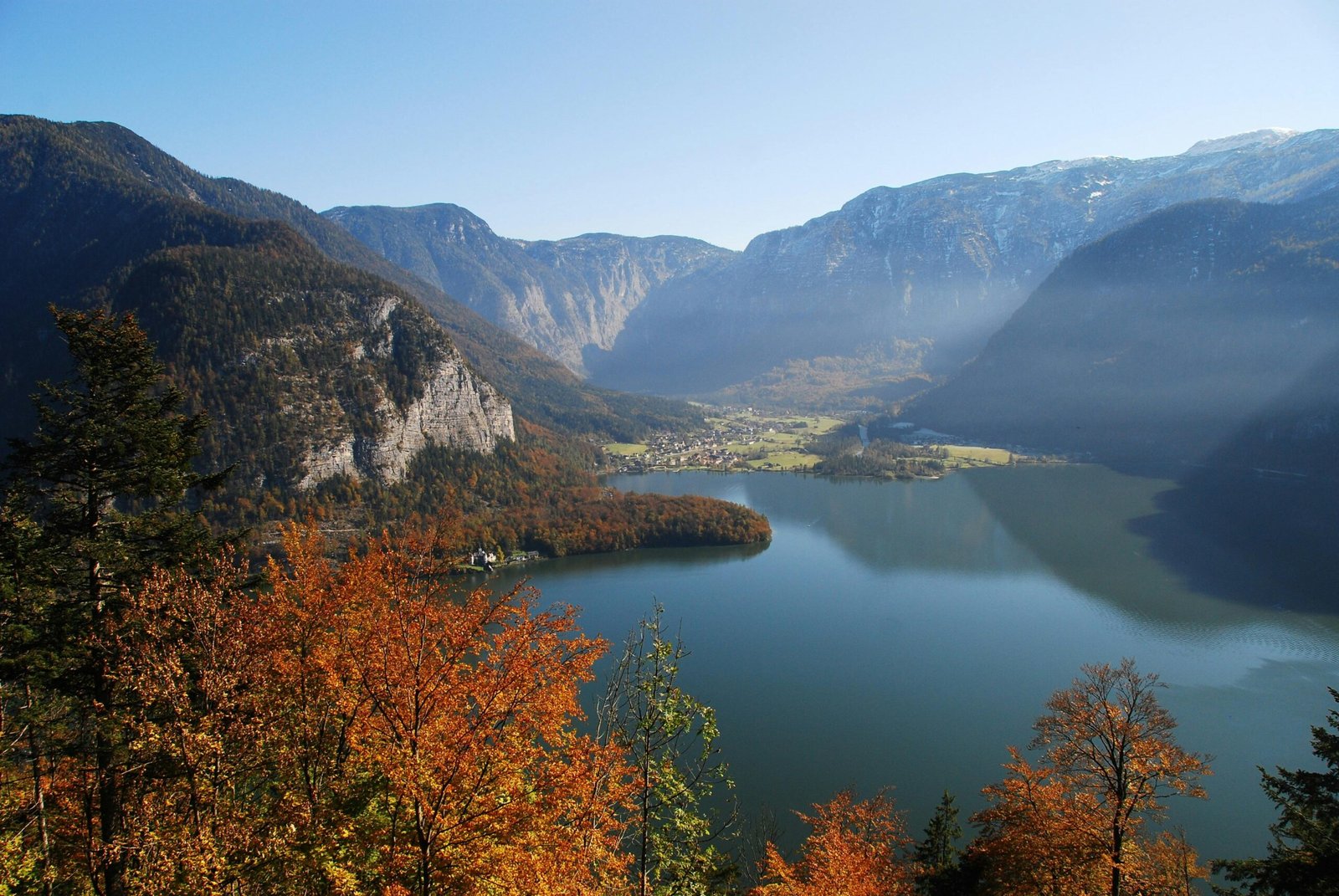
This dramatic shift reflects modern travelers’ growing sophistication and rejection of overcrowded peak season experiences that diminish rather than enhance travel enjoyment. Overtourism has reached critical levels at iconic destinations like Venice, Barcelona, and Santorini during traditional peak months, driving discerning travelers to seek the same spectacular locations during quieter periods when authentic cultural experiences remain accessible and local communities welcome rather than resent tourist presence.
The 2025 shoulder season revolution combines multiple advantages including substantial cost savings, authentic cultural immersion opportunities, comfortable weather conditions, and flexibility in accommodation and activity bookings that peak season simply cannot match. This comprehensive guide reveals the world’s premier shoulder season destinations, optimal timing strategies, and insider techniques for maximizing the unique advantages these transitional travel periods provide.
Understanding Shoulder Season Travel Excellence
Defining Shoulder Season Periods
Shoulder seasons occupy the transitional periods between peak tourist seasons and off-seasons, typically spanning April-May and September-October in most destinations. These periods offer remarkable advantages as weather remains pleasant, attractions stay open, and infrastructure operates fully while tourist numbers drop significantly from summer peaks.
European destinations experience prime shoulder seasons during April-May and September-October when temperatures remain comfortable for exploration, daylight hours stay generous, and cultural activities maintain full schedules. Tropical destinations often feature shoulder seasons during transitional months between wet and dry seasons, offering excellent value with minimal weather compromises.
Global Shoulder Season Timing:
- European destinations: April-May and September-October for optimal conditions
- Caribbean islands: April-May and November for excellent weather with reduced crowds
- Southeast Asia: Shoulder months vary by specific country and monsoon patterns
- North American destinations: Late spring and early autumn for comfortable exploration
Primary Advantages of Shoulder Season Travel
Cost savings represent the most immediate shoulder season advantage, with accommodations, flights, and activities typically priced 20-40% below peak season rates. However, the true value extends far beyond financial considerations to encompass experience quality that often surpasses peak season offerings despite lower prices.
Reduced crowds transform popular attractions from overwhelming tourist circuses into enjoyable cultural experiences where photography becomes possible without hundreds of people in every frame. Restaurant reservations become available without months of advance planning, and local shopkeepers have time for genuine conversations rather than rushed transactions with endless tourist queues.
Comprehensive Shoulder Season Benefits:
- Substantial cost reductions of 20-40% across accommodations, flights, and activities
- Dramatically reduced crowds enabling authentic cultural experiences and quality photography
- More comfortable weather for outdoor exploration without extreme heat or bitter cold
- Greater flexibility in booking accommodations and activities without months of advance planning
- Enhanced interaction with local communities who appreciate rather than resent tourism
- Superior service quality as hospitality workers face less stress from overcrowding
Premier European Shoulder Season Destinations
Greece: Extended Season Paradise
Greece has embraced shoulder season tourism with resorts throughout the islands remaining open through late October, capitalizing on the trend that has made April and October rival traditional summer peaks. The Greek islands offer exceptional shoulder season experiences with warm Mediterranean weather, crystal-clear seas perfect for swimming, and authentic cultural experiences impossible during chaotic summer months.

Athens becomes genuinely enjoyable during shoulder months when temperatures moderate enough for comfortable Acropolis exploration without heat exhaustion risks. Island ferries maintain regular schedules while carrying manageable passenger numbers, and tavernas welcome guests with unhurried service and authentic local interaction.
Greece Shoulder Season Highlights:
- Santorini and Mykonos accessible without overwhelming summer crowds and inflated prices
- Athens archaeological sites comfortably explorable with moderate temperatures
- Island hopping with reliable ferry schedules and available accommodations
- Authentic taverna experiences with genuine local interaction and traditional service
- Swimming and beach activities remaining pleasant through October
- Cultural festivals and local celebrations accessible to respectful visitors
Portugal: Year-Round Appeal
Portugal shines during shoulder seasons with Lisbon, Porto, and the Algarve offering exceptional experiences during April-May and September-October when weather remains ideal for exploration while tourist numbers drop significantly from summer peaks. The country’s moderate climate makes shoulder season travel particularly rewarding with comfortable temperatures for walking tours and outdoor dining.
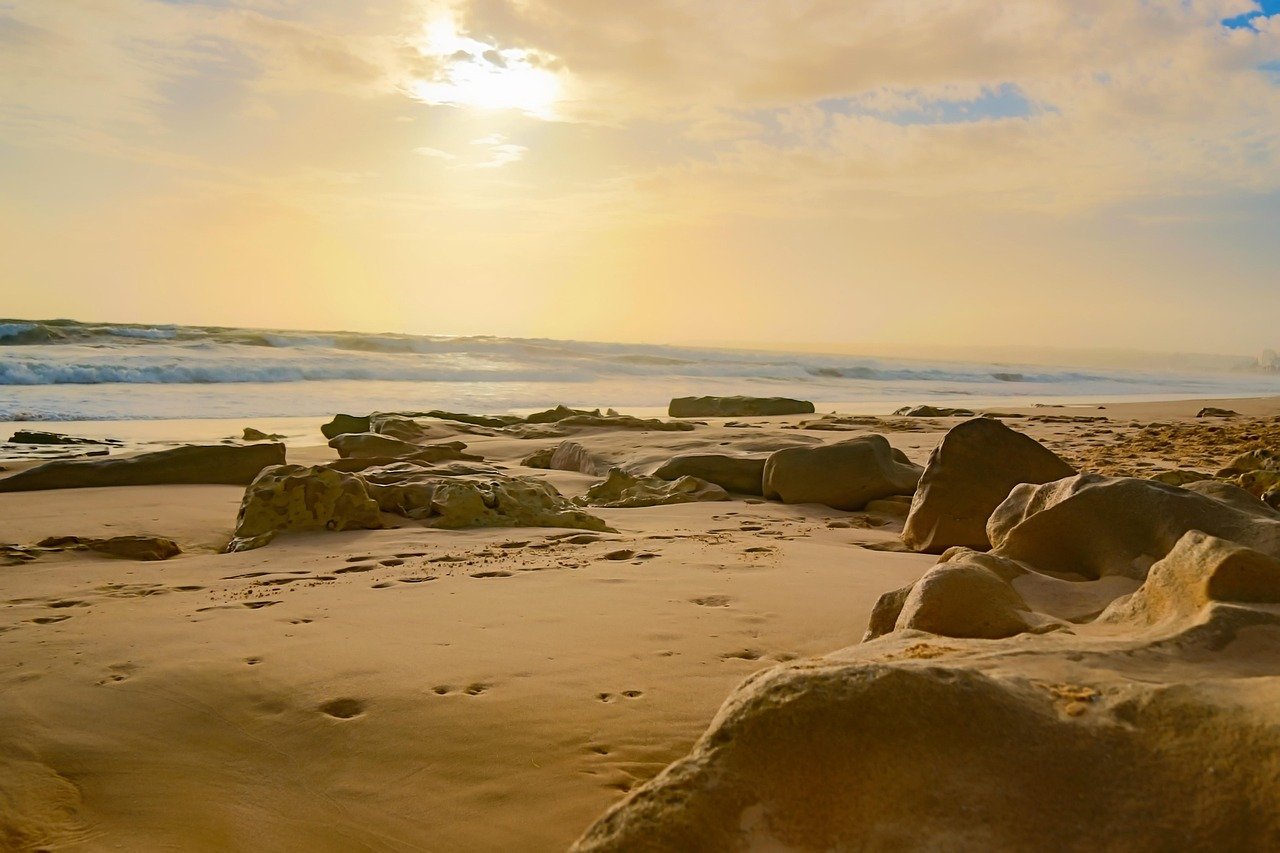
Lisbon’s historic neighborhoods become navigable during shoulder months when tourist crowds thin enough to actually appreciate architectural details and engage with local culture. Porto’s riverside wine cellars offer leisurely tasting experiences, and the Algarve’s beaches provide relaxation without summer’s overwhelming tourist infrastructure.
Portugal Shoulder Season Advantages:
- Lisbon’s historic trams and neighborhoods comfortably accessible without crushing crowds
- Porto wine cellars offering personalized tasting experiences with knowledgeable guides
- Algarve beaches beautiful and accessible without peak season overwhelming development
- Comfortable temperatures ideal for walking tours and outdoor cultural exploration
- Restaurant reservations available without months of advance booking requirements
- Authentic fado performances in intimate venues with local audiences
Italy: Cultural Immersion Without Chaos
Italian destinations transform during shoulder seasons from overwhelming tourist attractions into authentic cultural experiences where art, architecture, and cuisine can be genuinely appreciated. Rome, Florence, and Venice become accessible during April-May and September-October when museums offer reasonable entry without hours-long queues and restaurant reservations don’t require advance planning.

Tuscany’s countryside reaches peak beauty during shoulder months with spring wildflowers or autumn harvest activities providing authentic agricultural experiences. The Amalfi Coast remains stunning during shoulder seasons with dramatic coastal views accessible without summer’s overwhelming crowds and traffic congestion.
Italy Shoulder Season Excellence:
- Vatican Museums and major galleries accessible without multi-hour queue waits
- Tuscan wine harvest participation during authentic agricultural celebrations
- Venice genuinely romantic during shoulder months without cruise ship invasions
- Amalfi Coast drives navigable without overwhelming summer traffic congestion
- Authentic trattorias serving local cuisine without tourist menu translations
- Cultural festivals and local celebrations welcoming respectful visitor participation
Spain: Regional Diversity Advantages
Spanish destinations offer remarkable shoulder season diversity with coastal areas, cultural cities, and regional festivals providing varied experiences during transitional months. Barcelona becomes genuinely enjoyable during shoulder seasons when Gaudí’s masterpieces can be appreciated without overwhelming crowds, while Andalusia’s cities offer comfortable temperatures for cultural exploration.
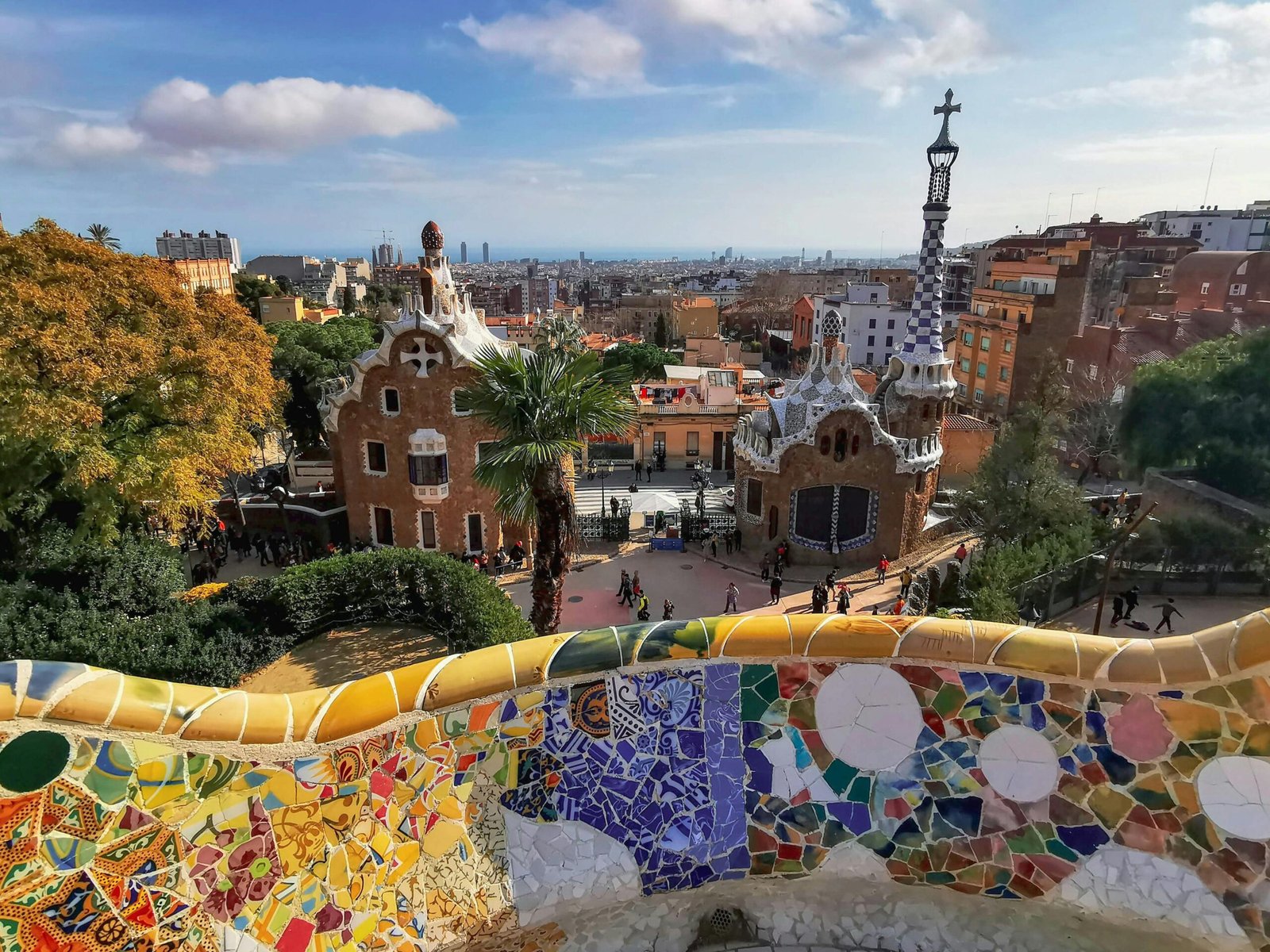
Seville and Granada showcase authentic Spanish culture during shoulder months when flamenco performances cater to appreciative audiences rather than tourist snapshots. The Camino de Santiago walking routes offer ideal conditions during shoulder seasons with moderate weather and manageable pilgrim numbers.
Spain Shoulder Season Features:
- Barcelona’s architectural treasures accessible without overwhelming tourist crowds
- Andalusian cities offering comfortable exploration temperatures and authentic experiences
- San Sebastián’s culinary scene accessible with reasonable restaurant reservation availability
- Regional festivals and celebrations welcoming visitors into authentic cultural traditions
- Camino de Santiago walking routes offering spiritual experiences with manageable crowds
- Coastal destinations remaining beautiful without summer’s overwhelming development pressures
How To Master Shoulder Season Travel Planning
Step 1: Research Destination-Specific Shoulder Periods
Shoulder season timing varies significantly across destinations based on climate patterns, traditional tourism seasons, and local festival calendars. Successful shoulder season planning requires understanding specific destination timing to optimize weather conditions while minimizing tourist crowds and maximizing cost savings.
Research historical weather patterns, local festival schedules, and accommodation availability to identify optimal shoulder season windows for specific destinations. Some locations offer extended shoulder seasons while others have brief transitional periods requiring precise timing for optimal experiences.
Shoulder Season Research Priorities:
- Historical weather data for specific destinations during transitional months
- Local festival and holiday calendars that may impact crowds and pricing
- Accommodation and attraction operating schedules during shoulder periods
- Transportation availability and frequency during transitional seasons
Step 2: Book Accommodations Strategically
Shoulder season accommodations offer remarkable value opportunities but require different booking strategies than peak season travel. Many properties offer flexible cancellation policies during shoulder periods, allowing strategic booking while maintaining planning flexibility as travel dates approach.
Hotels.com features extensive shoulder season deals with detailed property reviews focusing on transitional period experiences, while Expedia offers package combinations optimizing shoulder season value. Vrbo provides excellent shoulder season opportunities for private accommodations as owners seek to extend rental seasons beyond traditional peak periods.
Consider properties slightly above typical budget ranges as shoulder season pricing often makes luxury accommodations surprisingly affordable. Many upscale hotels reduce rates significantly during shoulder periods while maintaining full service standards, providing exceptional value for discerning travelers.
Step 3: Optimize Transportation Timing
Shoulder season transportation requires strategic planning as flight schedules may reduce frequency during transitional periods while maintaining competitive pricing. However, reduced demand often translates to excellent availability and potential upgrade opportunities that peak season travel rarely provides.
Aviasales specializes in identifying optimal shoulder season flight combinations with competitive pricing and convenient scheduling, while Trip.com offers integrated packages combining transportation with accommodations. Kiwi.com provides innovative routing solutions that maximize shoulder season flexibility while minimizing connection complexity.
Consider midweek departures and returns as shoulder season business travel patterns create additional availability and pricing advantages. Many airlines offer enhanced flexibility during shoulder periods, allowing itinerary adjustments without the penalties common during peak seasons.
Step 4: Plan Flexible Activity Schedules
Shoulder season activity planning benefits from increased flexibility as popular attractions rarely require months of advance booking while maintaining full operational schedules. This flexibility allows spontaneous decision-making based on weather conditions, local recommendations, and emerging interests impossible during rigid peak season planning.
GetYourGuide, Viator, and Klook feature shoulder season activity collections with excellent availability and competitive pricing. Tiqets provides cultural attraction access without lengthy advance booking requirements, while WeGoTrip connects travelers with local guides who offer personalized experiences during less crowded shoulder periods.
Focus on activities that particularly benefit from reduced crowds including museum visits, cultural site exploration, and photography expeditions where other tourists significantly impact experience quality.
Emerging Shoulder Season Destinations
Croatia: Adriatic Excellence Without Crowds
Croatia has emerged as a premier shoulder season destination with Dubrovnik, Split, and the Dalmatian islands offering spectacular Adriatic experiences during April-May and September-October without summer’s overwhelming cruise ship invasions. The country’s dramatic coastline, historic cities, and island paradises become genuinely accessible during shoulder months.
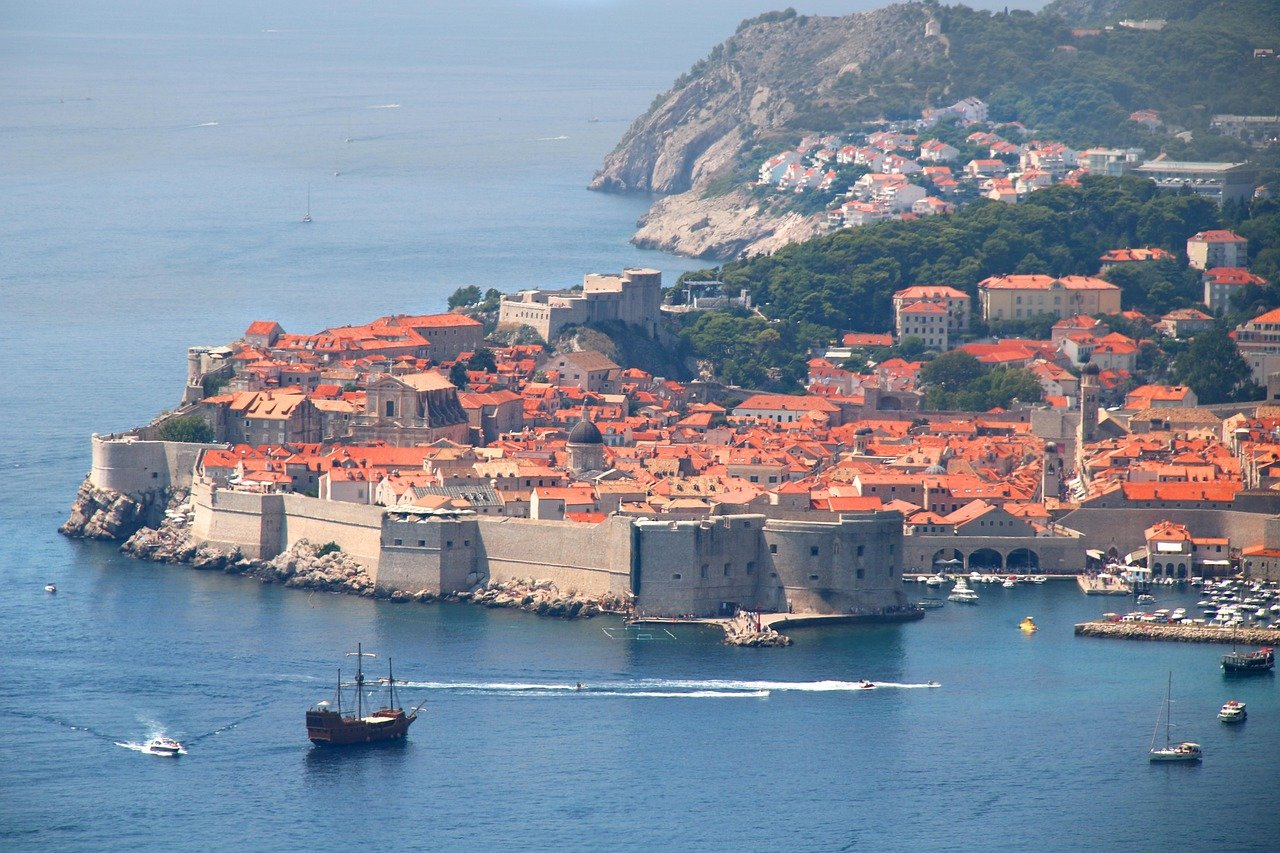
Plitvice Lakes National Park showcases spectacular natural beauty during shoulder seasons with spring wildflowers or autumn colors enhancing already stunning turquoise lakes and cascading waterfalls. Croatian wine regions offer harvest experiences during autumn shoulder periods with authentic agricultural participation impossible during peak tourist seasons.
Croatia Shoulder Season Appeals:
- Dubrovnik’s UNESCO old town accessible without overwhelming cruise passenger crowds
- Island hopping with reliable ferry schedules and available accommodations
- Plitvice Lakes experiencing optimal natural beauty during transitional seasons
- Coastal swimming remaining pleasant through September with comfortable water temperatures
- Authentic cultural experiences in historic cities without tourist overwhelming
- Wine harvest participation during authentic Croatian agricultural celebrations
Morocco: Cultural Richness with Comfortable Climate
Morocco offers exceptional shoulder season experiences during March-April and October-November when temperatures moderate enough for comfortable desert exploration and city wandering without extreme heat challenges. The country’s diverse landscapes, from Atlantic beaches to Sahara dunes, become accessible during these transitional periods.
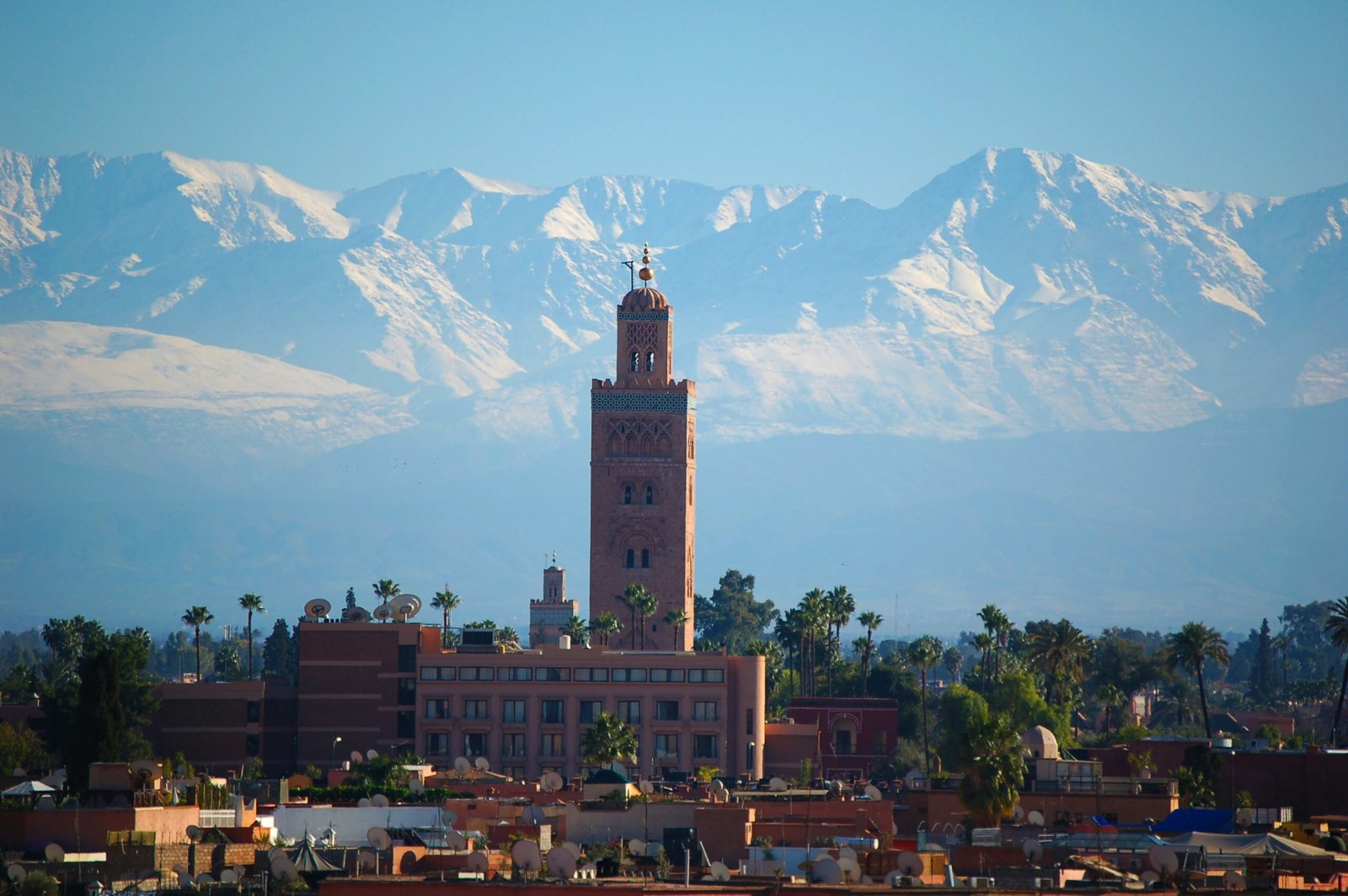
Marrakech transforms during shoulder months when medina exploration becomes pleasant rather than overwhelming, and riads offer peaceful retreats from comfortable rather than punishing temperatures. The Atlas Mountains showcase stunning beauty during shoulder seasons with spring flowers or autumn colors enhancing dramatic landscapes.
Morocco Shoulder Season Benefits:
- Marrakech medina exploration comfortable with moderate temperatures and manageable crowds
- Sahara Desert experiences pleasant without extreme summer heat challenges
- Atlas Mountain trekking ideal with comfortable temperatures and stunning seasonal beauty
- Coastal Essaouira offering excellent weather for beach relaxation and water activities
- Traditional souks navigable with time for authentic merchant interactions
- Cultural festivals and celebrations accessible to respectful visitors
Japan: Seasonal Beauty Beyond Cherry Blossoms
Japan’s shoulder seasons extend beyond famous cherry blossom periods to include stunning autumn foliage during October-November and late spring beauty during May when wisteria blooms and temperatures remain comfortable. These transitional periods offer authentic cultural experiences without overwhelming tourist crowds that characterize peak cherry blossom season.
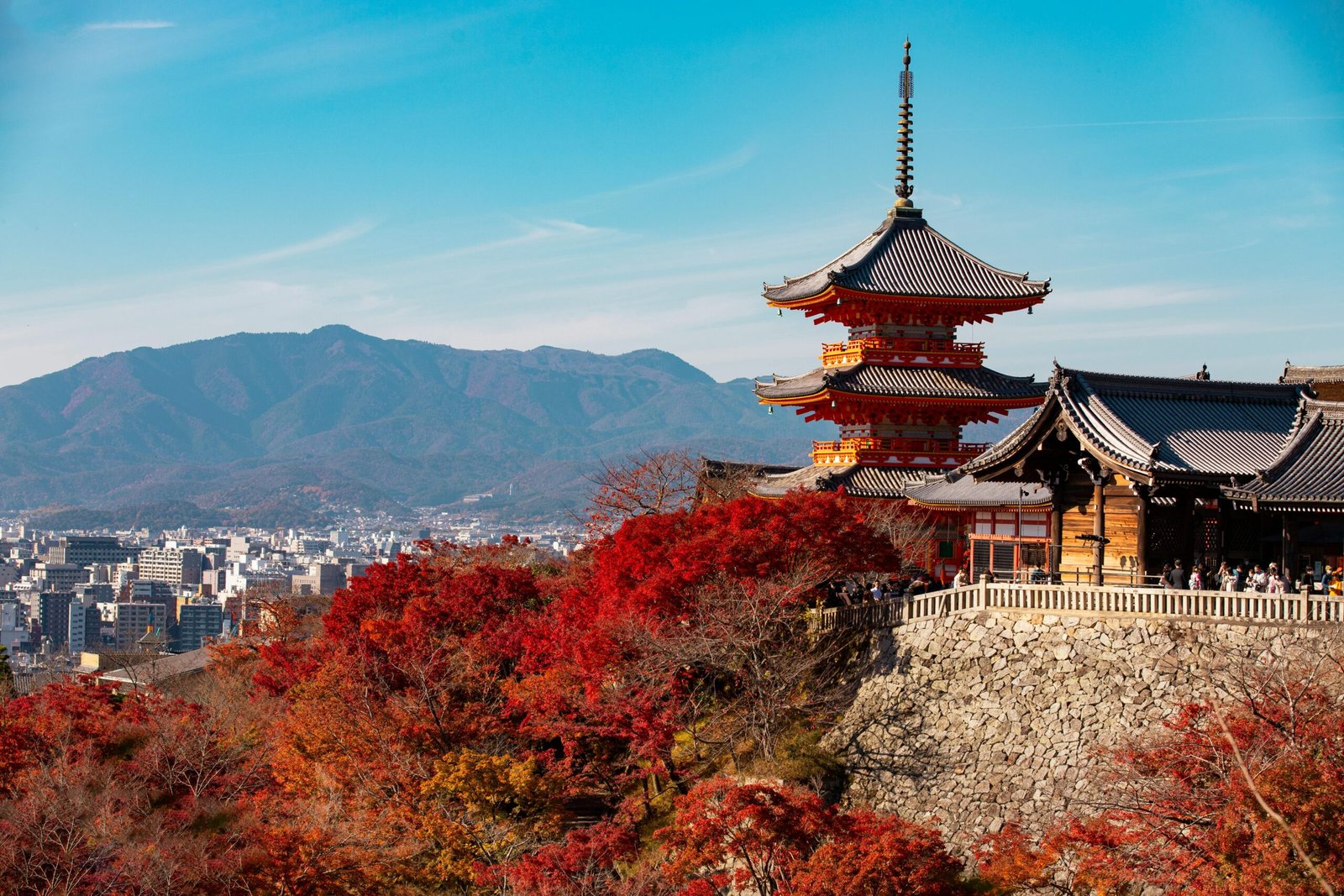
Kyoto’s temples and gardens showcase exceptional beauty during autumn shoulder season when maple leaves create spectacular displays rivaling spring cherry blossoms. Tokyo becomes more navigable during shoulder periods, and regional destinations offer authentic experiences with manageable tourist numbers.
Japan Shoulder Season Advantages:
- Kyoto autumn foliage providing spectacular temple garden displays without overwhelming crowds
- Tokyo exploration comfortable with moderate temperatures and manageable subway congestion
- Hot spring resort experiences authentic with primarily domestic tourist presence
- Cultural festivals and seasonal celebrations accessible with respectful participation
- Regional destination exploration feasible with reliable transportation and accommodation availability
- Culinary experiences featuring seasonal ingredients and traditional preparation methods
Shoulder Season Travel Challenges and Solutions
Weather Variability Management
Shoulder season weather can present more variability than peak periods, requiring flexible planning and appropriate preparation for changing conditions. However, this variability often proves less problematic than extreme peak season temperatures that can restrict outdoor activities and diminish overall enjoyment.
Pack layered clothing systems accommodating temperature fluctuations, include weatherproof outerwear for occasional rain, and maintain flexible daily schedules allowing activity adjustments based on current conditions. Many shoulder season travelers report that weather variability proves minor compared to benefits of reduced crowds and authentic experiences.
Weather Preparation Strategies:
- Layered clothing systems for significant temperature variations between morning and afternoon
- Quality weatherproof outerwear and footwear for occasional rain without trip disruption
- Flexible daily scheduling allowing weather-dependent activity sequencing adjustments
- Indoor activity backup options for days when weather limits outdoor exploration
Reduced Operating Hours and Services
Some destinations reduce operating hours or close certain attractions during shoulder periods, requiring advance research to avoid disappointment. However, major attractions and essential services typically maintain full operations during shoulder seasons, with closures primarily affecting minor sites and peripheral services.
Research specific attraction schedules before finalizing shoulder season plans, contact accommodations about available services and amenities, and verify restaurant operating schedules in smaller destinations where seasonal closures may impact dining options.
Service Availability Verification:
- Major attraction operating schedules and any seasonal hour reductions during shoulder periods
- Accommodation service availability including restaurants, spas, and recreational facilities
- Transportation schedules and frequency during transitional seasons
- Tour operator and activity provider availability for desired experiences
Budget Optimization for Shoulder Season Excellence
Understanding Shoulder Season Pricing Dynamics
Shoulder season pricing typically ranges 20-40% below peak season rates across accommodations, flights, and activities, with greatest savings often occurring during early and late shoulder periods immediately adjacent to off-seasons. However, popular destinations during holiday weeks or special events may maintain higher pricing despite shoulder season timing.
Luxury accommodations often offer exceptional shoulder season value as upscale properties reduce rates significantly while maintaining full service standards. This dynamic creates opportunities for experiencing high-end properties at moderate budget price points, providing exceptional value for travelers willing to explore during transitional periods.
Shoulder Season Pricing Patterns:
- Accommodation reductions of 25-40% compared to peak season comparable properties
- Flight savings of 15-30% depending on specific routes and booking timing
- Activity and attraction pricing often remains stable with occasional promotional discounts
- Dining costs typically unchanged but reservation availability dramatically improved
Maximizing Shoulder Season Value
Strategic shoulder season planning maximizes value through flexible timing, package deal utilization, and extended stay strategies that amplify cost savings while enhancing experience quality. Consider booking refundable accommodations early to secure optimal properties while maintaining flexibility as specific travel dates approach.
Many destinations offer shoulder season packages combining accommodations with activities, meals, or transportation at compelling values. These packages often prove more economical than independent booking while providing curated experiences that optimize limited destination time.
Value Enhancement Techniques:
- Package deals combining multiple travel components at reduced combined pricing
- Extended stay negotiations with accommodations seeking to fill shoulder period inventory
- Midweek travel timing for additional savings on flights and accommodations
- Direct booking with properties for potential upgrades and personalized service
Transportation Solutions for Shoulder Season Adventures
Flight Strategies and Booking Timing
Shoulder season flights offer excellent availability and competitive pricing, particularly for midweek departures and returns when business travel patterns create additional capacity. However, some routes reduce frequency during shoulder periods, requiring advance planning to secure desired schedules.
Aviasales provides comprehensive shoulder season flight analysis with competitive pricing across multiple carriers and route options, while Trip.com offers integrated booking combining flights with shoulder season accommodations and activities. Kiwi.com specializes in creative routing solutions that optimize shoulder season flexibility and value.
Consider positioning flights to maximize destination time while taking advantage of shoulder season pricing that often makes premium cabin upgrades surprisingly affordable. Business and first-class availability increases during shoulder periods, providing comfort enhancements at reasonable premium costs.
Ground Transportation and Regional Exploration
Shoulder season ground transportation maintains reliable service while offering enhanced availability and potentially reduced costs compared to peak season premiums. Rental vehicles provide excellent value during shoulder periods when daily rates decrease while vehicle selection improves.
Localrent.com and Rentalcars offer competitive shoulder season rental rates with excellent vehicle availability, while Kiwitaxi and GetTransfer.com provide private transfer services without peak season surge pricing.
Consider regional exploration during shoulder seasons when reduced traffic congestion makes driving more pleasant and parking availability increases dramatically. Many scenic routes and secondary attractions become accessible during shoulder periods when peak season crowds make them impractical.
Cultural Immersion During Shoulder Seasons
Authentic Local Interactions
Shoulder season travel facilitates genuine cultural immersion as local communities have time and inclination for authentic visitor interactions rather than rushed transactions driven by overwhelming peak season crowds. Shopkeepers engage in conversations, restaurant staff provide personalized recommendations, and local residents welcome rather than resent tourist presence.
These authentic interactions often prove most memorable aspects of shoulder season travel, providing cultural insights and personal connections impossible during peak periods when tourism volume creates transactional rather than relational dynamics between visitors and local communities.
Cultural Immersion Opportunities:
- Genuine conversations with local shopkeepers and artisans without rushed peak season pressure
- Personalized restaurant recommendations from staff who appreciate rather than tolerate tourists
- Local festival and celebration participation as welcomed guests rather than intrusive outsiders
- Authentic cultural experiences without performances staged primarily for tourist consumption
Seasonal Celebrations and Local Events
Many destinations feature authentic cultural celebrations during shoulder seasons when local communities gather for traditional festivals, agricultural celebrations, and religious observances. These events welcome respectful visitor participation, providing cultural insights and authentic experiences rarely accessible during peak tourist seasons.
Research local calendars for festivals, markets, and cultural celebrations occurring during shoulder season visits. These events often showcase authentic traditions and provide opportunities for meaningful cultural exchange with local communities.
Shoulder season travel in 2025 represents sophisticated modern travelers’ recognition that optimal experiences rarely coincide with peak tourism periods. The dramatic shift toward April and October as preferred travel months reflects growing awareness that reduced crowds, authentic cultural access, and substantial cost savings create superior travel experiences compared to traditional peak season chaos.
Whether exploring Greece’s extended island season, discovering Portugal’s year-round appeal, or experiencing Japan’s spectacular autumn foliage, shoulder season travel provides the perfect balance of optimal weather conditions, manageable tourist numbers, and authentic cultural immersion opportunities. The 76% of travelers now embracing shoulder season timing demonstrate that this approach represents mainstream travel evolution rather than niche preference.
As you plan your next adventure, consider how shoulder season timing could transform your experience from fighting crowds at iconic sites to genuine appreciation of cultural treasures in comfortable conditions. The world’s most spectacular destinations await during these magical transitional periods when authentic experiences remain accessible and travel’s true pleasures emerge.
For travelers seeking specific destination guidance that embraces optimal timing strategies, our comprehensive Peru Travel Guide offers insights into South American shoulder season opportunities that combine cultural richness with natural beauty during ideal weather periods away from peak tourism crowds.


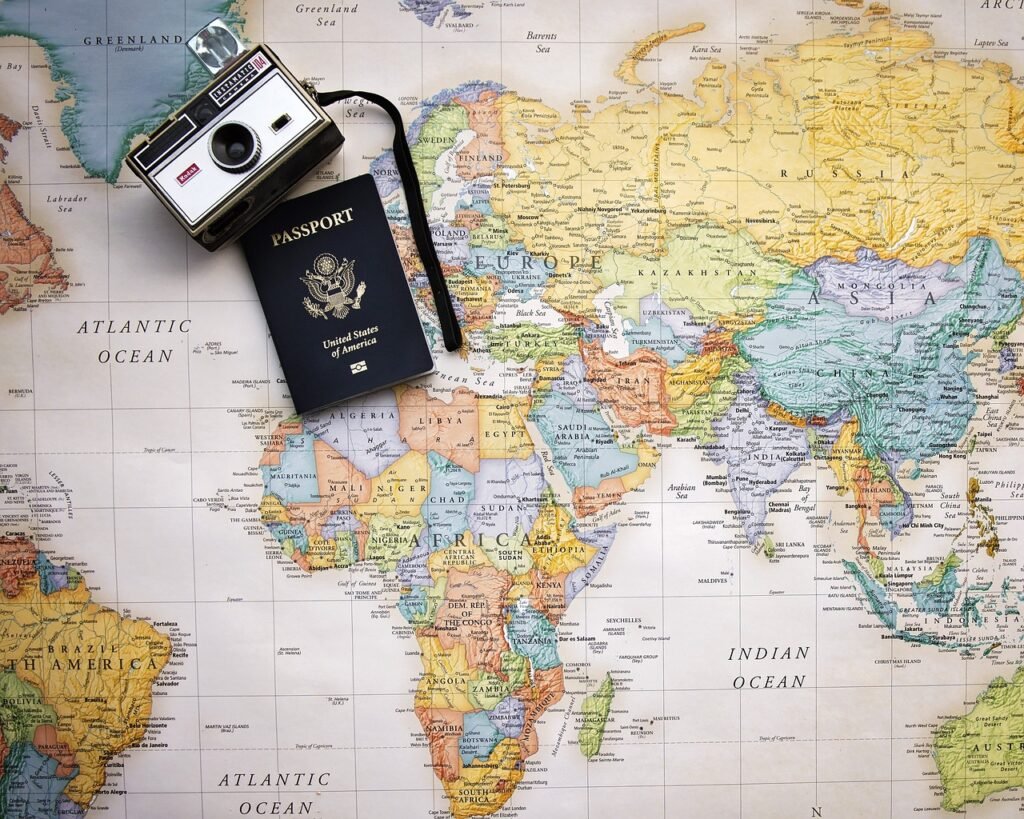


This is really interesting, You are a very skilled
blogger. I’ve joined your rss feed and look forward to seeking more of your
magnificent post. Also, I’ve shared your website in my social networks!
Thank you for your kind message and support! We’re glad you enjoyed the post and appreciate you sharing Zafiriq with others.